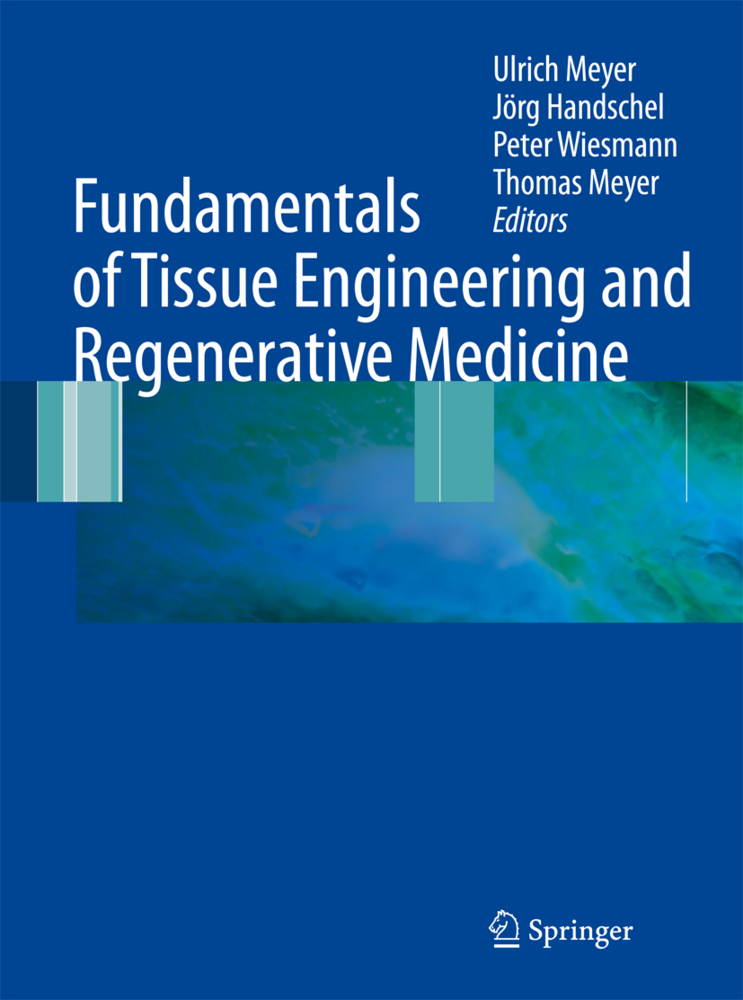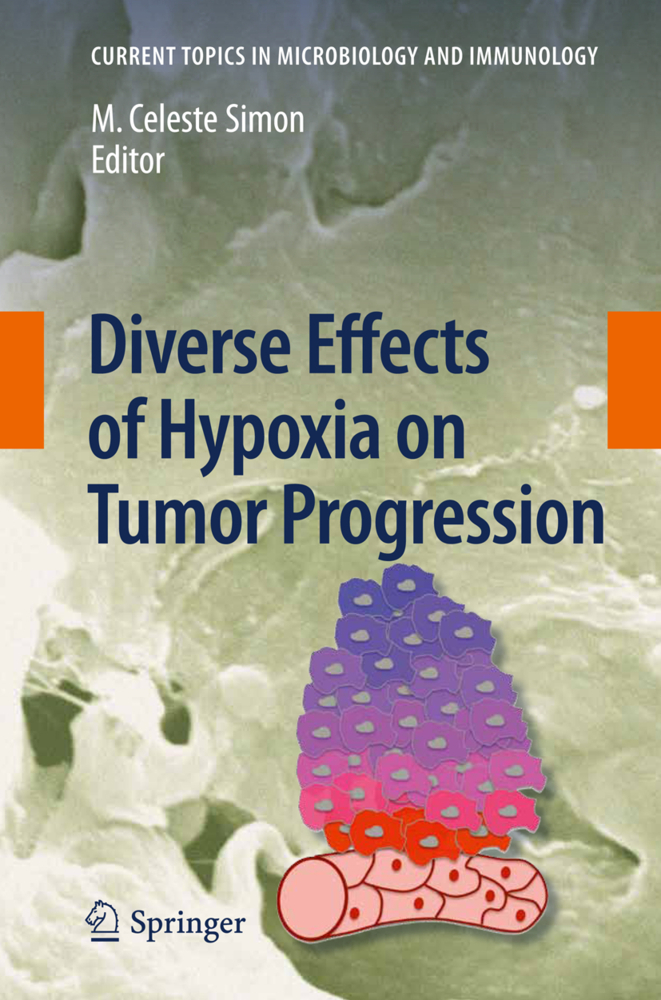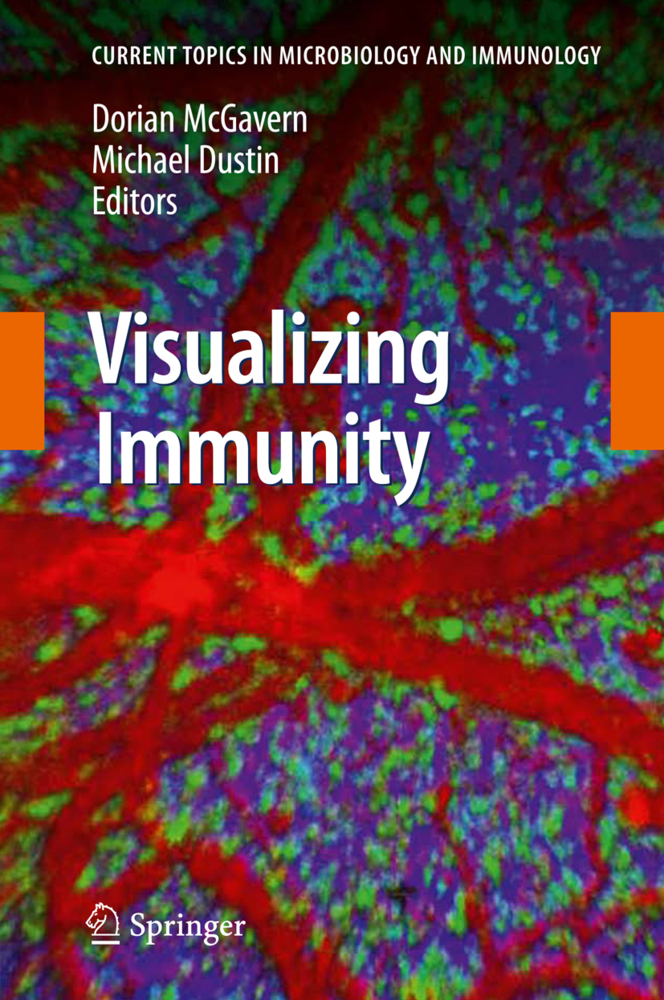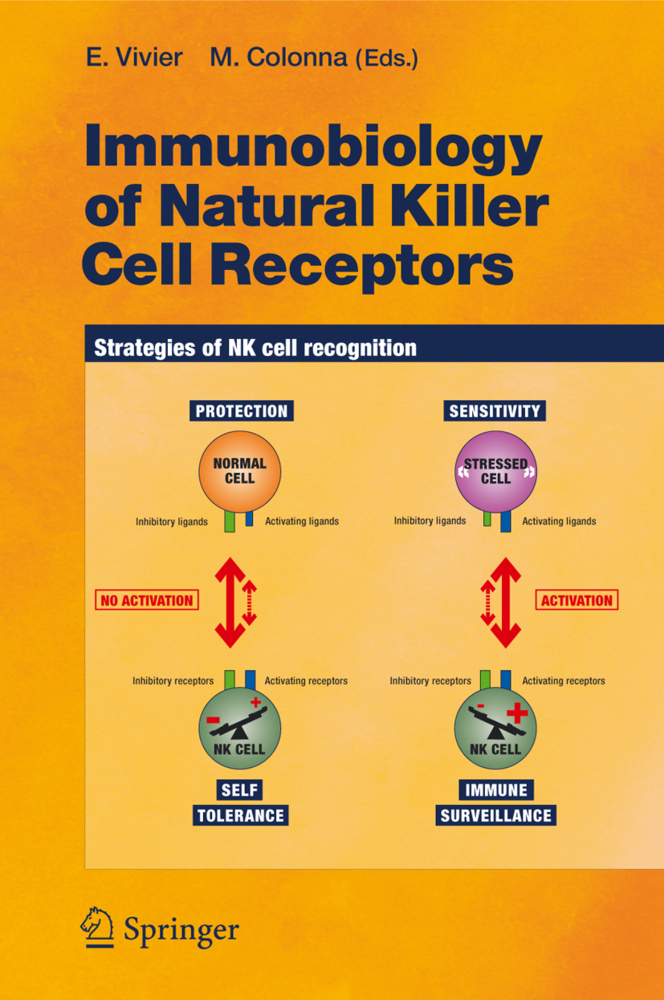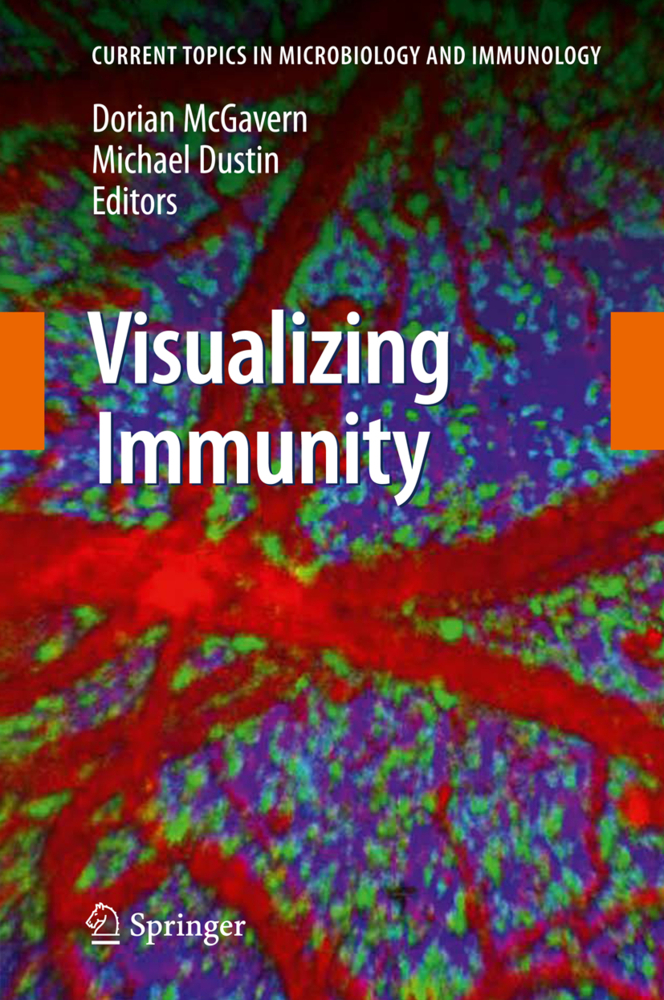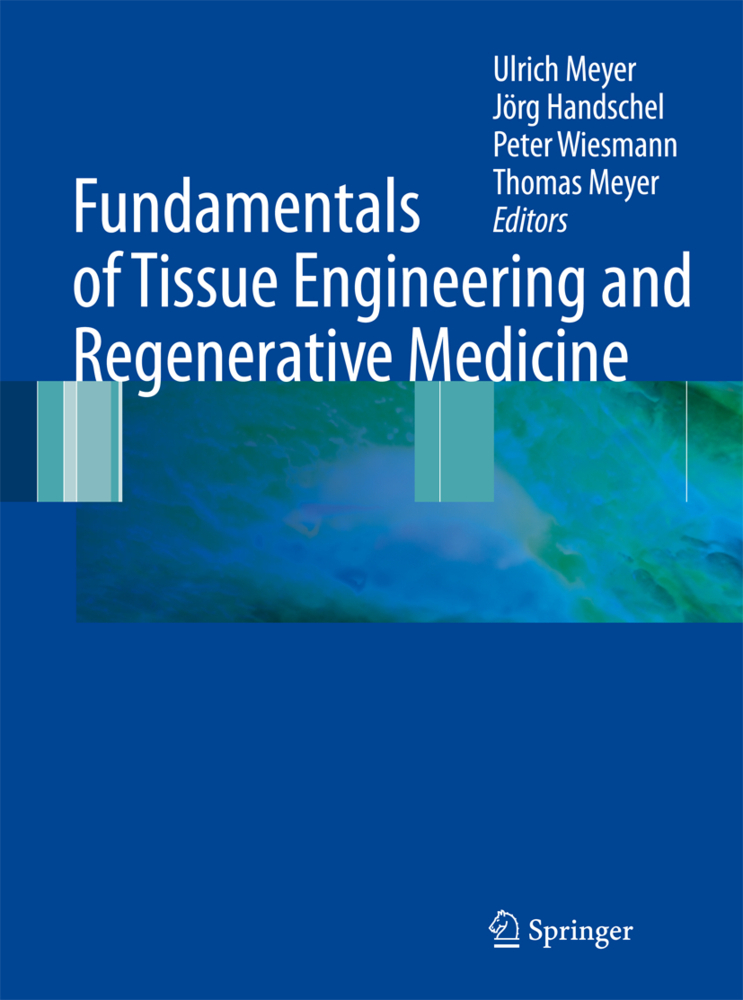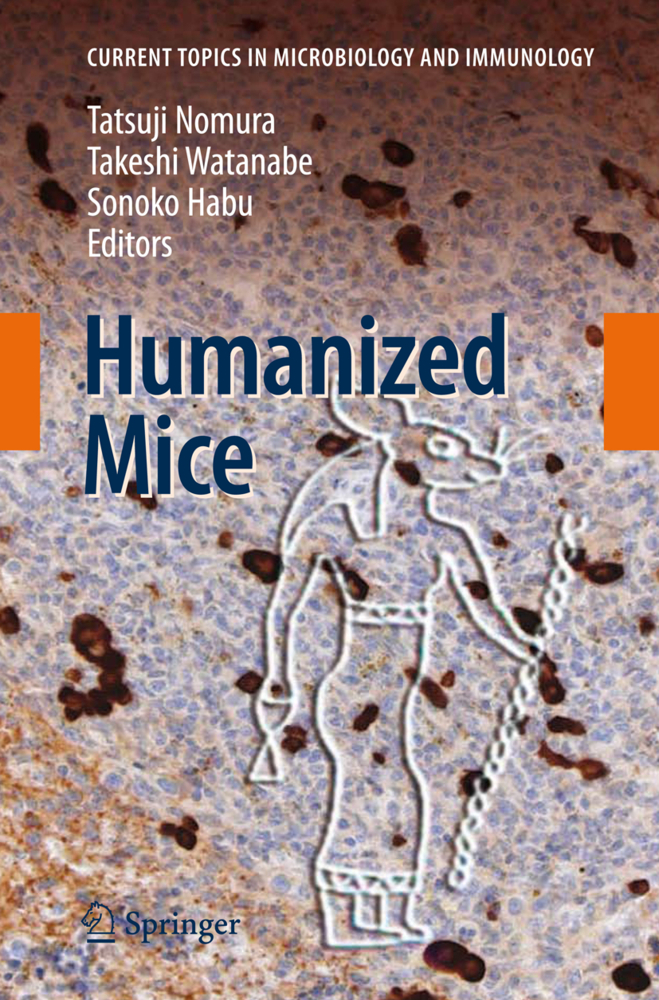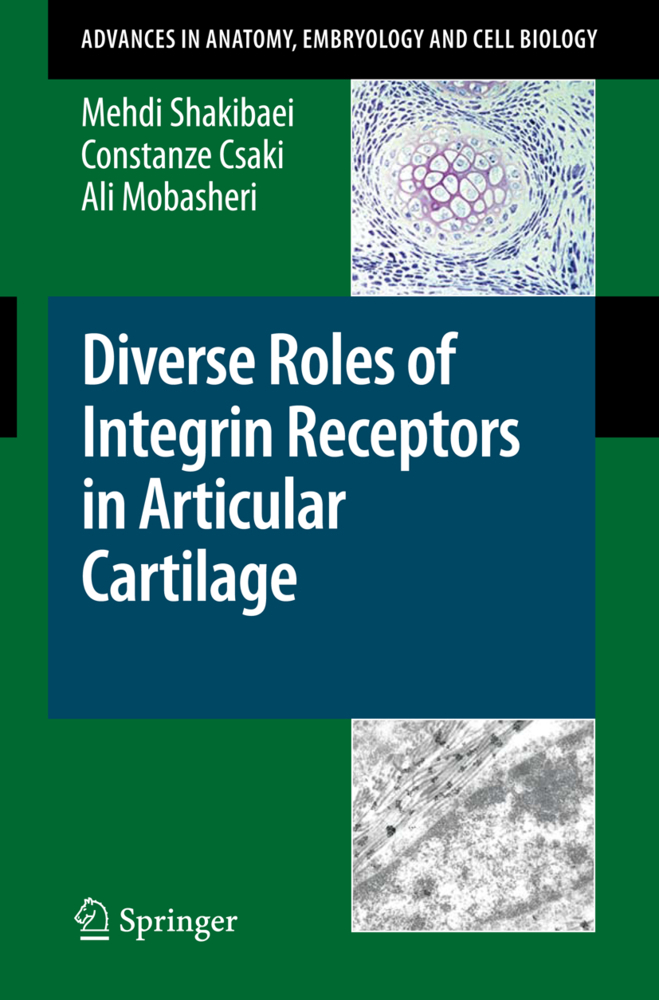Gliogenesis: Historical Perspectives, 1839 - 1985
Almost a century and a half of study produced substantial progress in our understanding of glial cells and their development. As in other areas of science, major advances were associated with the discovery of new methods. These are summarized first. Most of this account describes development of glia in the CNS. We begin with astroglia because of their known presence and significance in early embryonic stages. Some of Åström' s unpublished evidence is included in this section. After consideration of oligodendroglia, microglia and ependymal cells, we describe the development of Schwann cells, the glia found in the PNS.
In general, morphological observations of developing mammalian nervous tissues (mostly rodent) are emphasized; we have also tried to include findings relevant to cytodifferentiation, interactions, functions and regulation of developing glia. Of course, much has been learned about glial development by studying other species and a variety of experimental models, such as tissue culture systems, grafts and mouse mutants. Selected aspects of these subjects are also included.
Gliogenesis
AstrogliaOligodendroglia
Microglia
Ependymal Cells
Tanycytes
Schwann Cells.
Webster, Henry deF.
Åström, Karl E.
| ISBN | 978-3-540-87533-8 |
|---|---|
| Artikelnummer | 9783540875338 |
| Medientyp | Buch |
| Copyrightjahr | 2009 |
| Verlag | Springer, Berlin |
| Umfang | VII, 109 Seiten |
| Abbildungen | VII, 109 p. |
| Sprache | Englisch |


